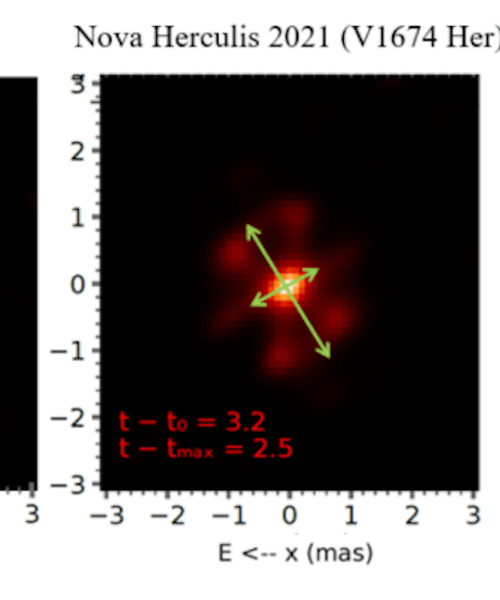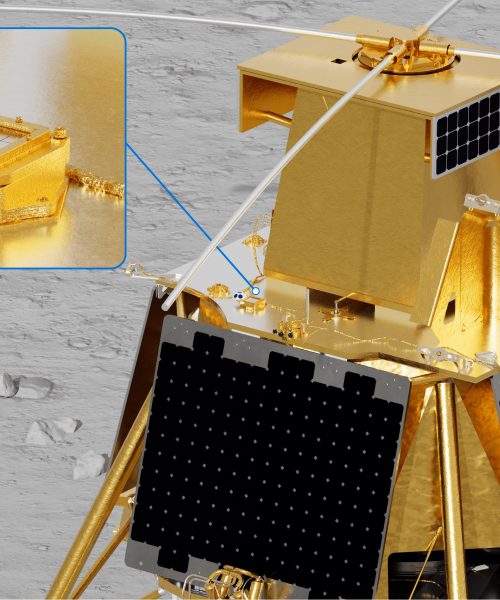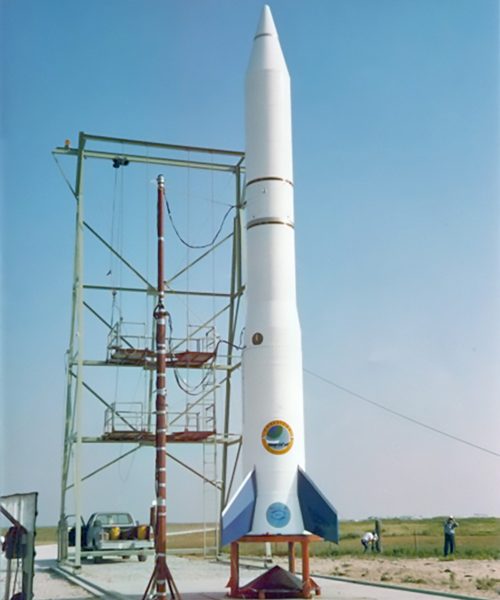Picture a galaxy, with its shining stars and space dust. What does it look like in your mind? Chances are, it’s a swirling circle of galactic energy. A galaxy is often described as one of a few broadly defined shapes—elliptical, spiral, or lenticular—as described by the Hubble sequence. Meanwhile, the de Vaucouleurs system expands on the Hubble model with more precise designations for various spirals, among other features.
Regardless of your preferred galactic organizational system, you’ll likely have difficulty describing the Hubble Space Telescope’s recent glimpse at NGC 2775. Located 67 million light-years away in the constellation Cancer, NGC 2775 somewhat resembles an elliptical galaxy with its large, featureless center region. At the same time, its dust-blanketed ring of outer star clusters is usually found in spiral variants. So what kind of galaxy is NGC 2775, anyway?
According to NASA, the answer is still to-be-determined. Astronomers will lean towards either an elliptical or spiral depending on who you ask, while some experts even argue its spiral and elliptical attributes meet the “lenticular” definition. This may actually track, since astronomers still aren’t entirely certain how lenticular galaxies form in the first place.
At least some evidence suggests that NGC 2775 developed its odd shape after merging with other galaxies eons ago. While not visible in Hubble’s image, NGC 2775 features a hydrogen gas tail extending nearly 100,000 light-years around it. This tail may be all that remains of previously devoured galaxies.
Additional observations from space telescopes will likely solve the mystery of NGC 2775 once and for all. Until then, however, most astronomers consider it a flocculent spiral galaxy—one with extremely nebulous, discontinuous arms.






